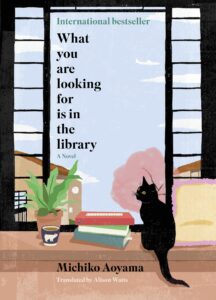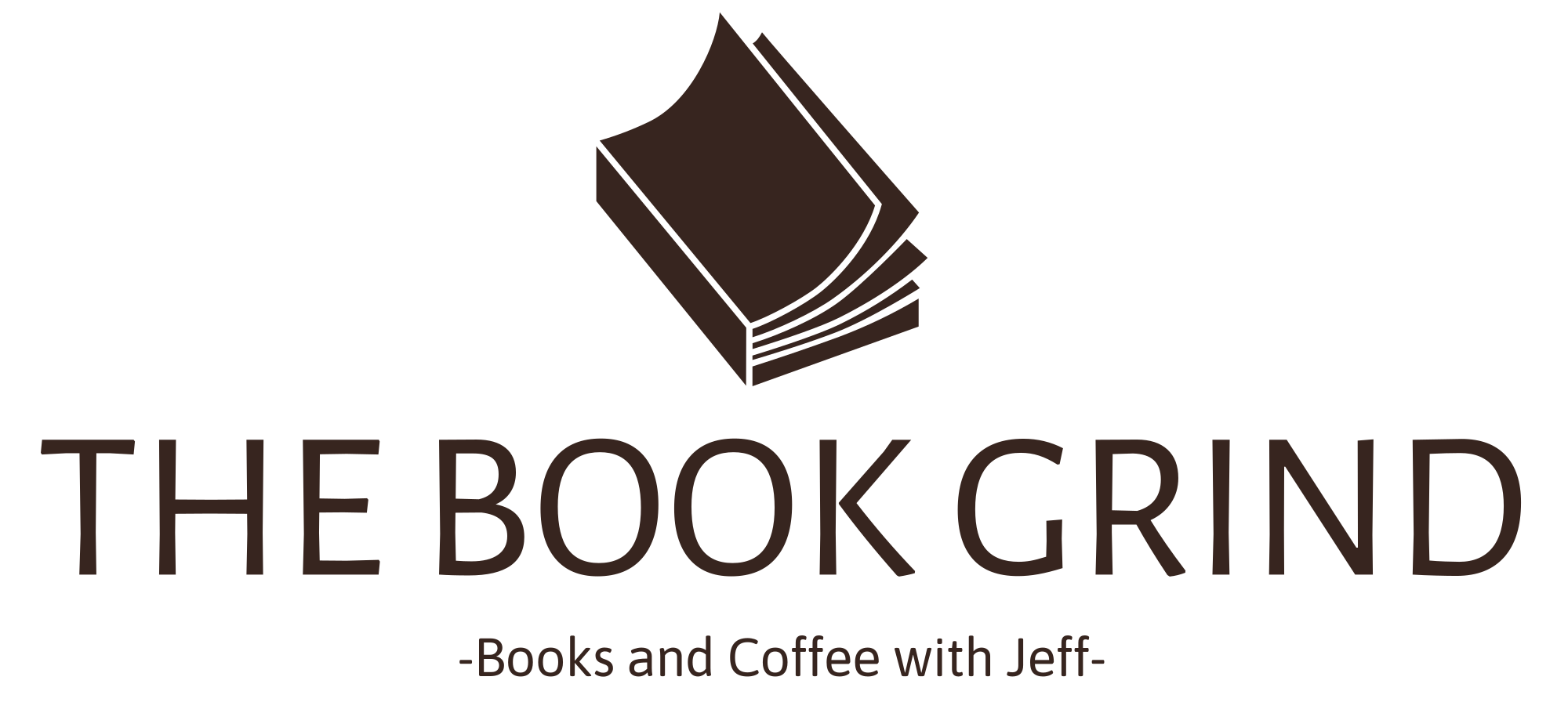 What You're Looking For Is In the Library by Michiko Aoyama
What You're Looking For Is In the Library by Michiko Aoyama Genres: Adult, Contemporary Fiction, Japanese Literature
Published by Hanover Square Press on September 5, 2023
Format: Hardcover
Pages: 304

For fans of The Midnight Library and Before the Coffee Gets Cold, this charming Japanese novel shows how the perfect book recommendation can change a reader's life.
What are you looking for?
This is the famous question routinely asked by Tokyo’s most enigmatic librarian, Sayuri Komachi. Like most librarians, Komachi has read every book lining her shelves—but she also has the unique ability to read the souls of her library guests. For anyone who walks through her door, Komachi can sense exactly what they’re looking for in life and provide just the book recommendation they never knew they needed to help them find it.
Each visitor comes to her library from a different juncture in their careers and dreams, from the restless sales attendant who feels stuck at her job to the struggling working mother who longs to be a magazine editor. The conversation that they have with Sayuri Komachi—and the surprise book she lends each of them—will have life-altering consequences.
With heartwarming charm and wisdom, What You Are Looking For Is in the Library is a paean to the magic of libraries, friendship and community, perfect for anyone who has ever found themselves at an impasse in their life and in need of a little inspiration.
Told in a simplistic and understated tone, What You Are Looking For Is in the Library is a collection of short stories that focus on self-reflection, perceived happiness, and purpose. Consisting of five largely self-contained stories that average around 60-70 pages each, each story focuses on characters of a variety of ages and backgrounds whose only commonality are feeling unfulfilled with their current life. There’s a young retail worker fresh out of university, an office worker with a dream to open an antique shop, a young mother torn between her editorial work and her child, a NEET unable to find where he belongs, and a recent retiree left without a purpose. Each story follows the focal character through their usually monotonous days, finding the local library, and receiving an unusual book recommendation from the librarian Ms. Komachi. Through this seemingly random book recommendation and a few open-ended questions from Ms. Komachi, each character goes on a quiet journey of self-discovery as they seek what they’re subconsciously looking for; happiness and fulfillment.
“For fans of The Midnight Library and Before the Coffee gets cold”, I curiously picked this up as I loved The Midnight Library and largely disliked Before the Coffee gets cold. As expected, this one fell somewhere in-between both reading experiences for me. One thing to note is although finding one’s purpose and calling is a universal aspiration, many of the struggles, internal debates, and concerns experienced by these characters are connected to Japan’s work culture and society. Basic familiarity with Japan’s work-heavy culture, conservative traditional gender roles, and rigid social and economic hierarchy are important and give necessary context to connecting with each character’s internal dilemma.
Despite finding the book’s premise and varied stories interesting on paper, the actual reading experience was a bit underwhelming and simplistic to me. The translated writing style and plot are straightforward and effective for the content of each narrative that has a relaxed and comfortable feel to it. Unfortunately, I felt the delivery was too mellow, slow and tedious to read through (despite each story being only ~60 pages long). The biggest drawback for me was the way the characters discover what it was they were looking for and how they are able to achieve it. What You are Looking for Is in the Library concludes that it’s all in one’s outlook and state of mind, with different metaphors presented roughly equivalent to “the glass is half full vs empty”. That in itself is a wonderful message and one that The Midnight Library also utilized, however the execution here felt less nuanced and more “no duh”, that’s rather obvious and on the nose.
In my opinion, the personal message and conclusions didn’t quite land the same for me was due to the fundamental differences in Asian vs Western culture. One example is the 2nd story involving an office worker dreaming of opening an antique shop but unwilling to take a leap of fate due to his current stable job. The takeaway message of this story is that it’s possible to have one job pay the bill while a second part-time job or hobby done to bring personal satisfaction to one’s life (also touched on in story #4). This solution was a bit of a letdown and an obviously simple solution to me despite it being more unorthodox in Asian work culture that prioritize giving 110% on an overworked schedule. Story #1 focuses on a retail worker who feels disgruntled in her current job despite not knowing what else she wants to do and not having any skills necessary for other career choices. Her solution was revealed to rethink about how her current job is actually quite rewarding, realizing it’s okay to not have your entire life and goals figured out, and to take time to learn new skills. Again, these revelations likely would’ve had more impact in Asian countries where one’s career options are largely predetermined based on one’s acceptance to high-ranking school, universities, and preset trajectory paths into a set field. To a Western reader however who may be more accustomed to living in the moment, going with the flow and seeing where life takes them, this again feels like common sense (or go-to approach with the younger “Gen Z” workers). Perhaps I had too high an expectation based on the synopsis but each solution/change of mindset for each story don’t really feel like real solutions apart from maybe the 3rd story involving the editor at a magazine firm (I thought her ultimate choice with her career and family was quite clever). Having slightly more intuition and observational skills would essentially solve most of the core conflicts, hence them coming off as inconsequential to me despite Aoyama’s attempts to make them feel important.
The good news is that I did feel like each story got progressively more ambitious and insightful (albeit with still rather obvious takeaway messages for the astute). Stories four and five felt more immersive via many small connections to characters and locals mentioned in the previous stories (story 5 manages to reference all four other focal characters in some way). Story four’s handling of a 30yr old NEET also felt a bit refreshing as Aoyama avoided put the full blame of Hiroya’s situation on a lack of motivation or stereotyped obsession with anime/manga/videogames and did not equate being a NEET (not in employment, education or training) to being a hikikomori despite the two often feeling correlated.
What You Are Looking for is in the Library was not to my taste and the stories individually varied between 1.5 to 3 stars depending on their content, however the book is objectively accomplished and well-written. The different characters and narratives are varied yet incredibly relatable to the native intended audience and the behaviors and internal introspection feels natural and real. The way Aoyama is able to connect very random book suggestions as motivational pieces is also creative and was easily the highlight of each story for me. However, despite fully understanding Japan’s conservative-leaning work and societal culture, I personally do not enjoy reading about it and the characters’ problems didn’t resonate with me.
